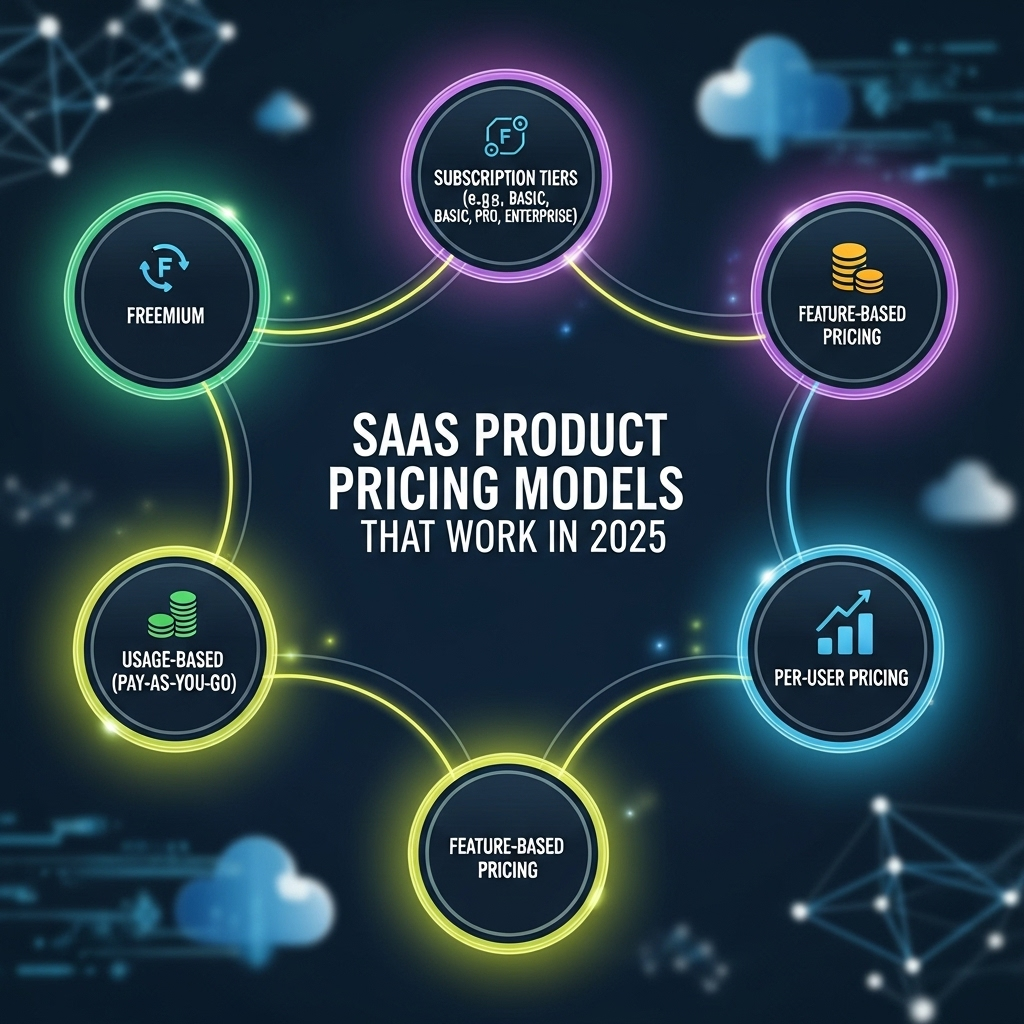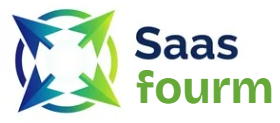In today’s hyper-competitive SaaS landscape, your pricing strategy isn’t just a numbers game—it’s the heartbeat of your business model. As a SaaS expert who’s helped over 50 US-based tech companies refine their monetization approach, I’ve witnessed firsthand how a well-crafted pricing strategy can transform middling startups into market leaders. With the global SaaS market projected to reach $317.6 billion in 2024 (growing at an 18.4% CAGR according to smartsaashq.com), getting your pricing right in 2025 isn’t optional—it’s existential.
The US market specifically presents unique opportunities and challenges: sophisticated buyers who demand transparency, enterprise clients requiring flexible enterprise agreements, and SMBs seeking razor-focused value. I’ve seen too many founders treat pricing as an afterthought, only to discover that no amount of brilliant marketing or feature development can compensate for a misaligned pricing structure. As Riten Debnath of Fueler puts it: “Mastering the right pricing model is no longer optional—it’s a game changer for SaaS companies looking to dominate the market.”
This guide cuts through the noise to deliver actionable pricing models specifically engineered for the US market in 2025—complete with implementation frameworks, real-world examples, and data-backed insights that you won’t find in generic pricing articles.

The 2025 US SaaS Market Context: Why Pricing Strategy Matters Now More Than Ever
The US SaaS market has evolved beyond simple subscription models into a sophisticated ecosystem where pricing intelligence separates winners from also-rans. In 2025, buyers expect personalized pricing that directly correlates with the value they receive, not just seat-based or flat-rate fees. According to smartsaashq.com, businesses that treat pricing as a strategic lever—not just a revenue tactic—outperform competitors in both customer acquisition cost (CAC) payback periods and lifetime value (LTV) by 32%.
What’s driving this shift? Three critical market forces are reshaping SaaS pricing expectations in 2025: First, AI-powered analytics enable real-time pricing optimization based on usage patterns. Second, enterprise procurement teams now demand flexible consumption models that align with quarterly budget cycles. Third, economic uncertainty has made buyers ruthlessly value-conscious—every dollar must show clear ROI. As noted by tripledart.com, “When selling your SaaS, pricing is one of the major deal breakers! Get it wrong, and no amount of great features or marketing efforts will make up for it.”
Pro Tip: The Value Perception Audit
Before implementing any pricing model, conduct a “value perception audit” with your top 10 customers. Ask: “At what point does our software become indispensable to your workflow?” Their answer reveals your true pricing ceiling—most SaaS companies undervalue themselves by 30-45% because they never ask this question.
Top 5 SaaS Pricing Models Dominating the US Market in 2025
Usage-Based Pricing: The Growth Accelerator
Forget outdated fixed subscription tiers—usage-based pricing is now the growth engine for modern US SaaS companies. When implemented correctly, it drives 10-20% faster revenue growth by perfectly aligning cost with value delivered (as highlighted by artisangrowthstrategies.com). Companies like AWS and Twilio have proven that when customers pay only for what they consume (API calls, storage, transactions), they naturally increase usage as they see value—creating a flywheel effect.
The 2025 twist? Advanced usage models now incorporate value metrics beyond simple consumption. For example, a marketing automation platform might charge based on “verified leads generated” rather than just email sends. This requires robust analytics infrastructure to track outcome-based metrics, but early adopters report 22% higher net revenue retention (NRR). Crucially for US businesses: always offer an upfront usage estimate calculator—American buyers demand transparency about potential costs.
Tiered Pricing: Beyond Basic/Pro/Enterprise
While tiered pricing remains popular, 2025’s winning models have evolved beyond the tired Basic/Pro/Enterprise structure. The new generation of tiering strategically bundles features that solve specific outcome-based problems for different US customer segments. Take project management tools: instead of labeling tiers by price, they now map to workflows: “Team Launch Kit,” “Agency Growth Suite,” and “Enterprise Workflow Engine”—each solving a precisely defined job-to-be-done.
According to fueler.io, the most successful US SaaS companies now use behavioral triggers to guide tier upgrades:
- Offer annual billing discounts only after users hit 70% of their current tier’s capacity
- Introduce “growth indicators” when users consistently use advanced features in their current tier
- Provide tier comparison tools that highlight ROI differences (not just feature checklists)
This transforms tiered pricing from a static structure into a dynamic revenue growth system.
Freemium 2.0: The AI-Powered Conversion Machine
Gone are the days of simple free tiers with arbitrary usage limits. 2025’s winning freemium models use AI to identify high-intent users and deliver hyper-personalized upgrade paths. As artisangrowthstrategies.com notes, “AI now helps convert free users into paying customers” through sophisticated behavioral nudges.
Here’s how leading US SaaS companies are winning:
- Predictive feature unlocks: Show users a preview of paid features they naturally gravitate toward during free use
- Team collaboration triggers: Automatically suggest upgrading when multiple team members join the free account
- ROI calculators: Display real-time value metrics showing what they’re leaving on the table by staying on free
Companies implementing these tactics report 38% higher free-to-paid conversion rates compared to traditional freemium models. The key is making the upgrade feel inevitable—not salesy.
Per-User Pricing with Flexibility
While per-user pricing faces pushback in tight budgets, 2025’s successful US SaaS companies have reinvented it with unprecedented flexibility. The winning approach: role-based pricing with scalable seat management. Instead of charging per “user,” they categorize users by engagement level:
| User Type | Pricing Model | Ideal For | US Market Adoption |
|---|---|---|---|
| Core Users | Full feature access | Daily active employees | High (78%) |
| Viewer Seats | 25-30% of core price | Executives needing dashboards | Rapidly growing |
| Light Users | 50% of core price | Occasional collaborators | Emerging |
As explained by smartsaashq.com, this model respects budget constraints while maintaining revenue integrity—especially crucial for US enterprise sales cycles where procurement teams scrutinize every seat.
Value-Based Pricing: The Premium Play
For SaaS companies targeting enterprise clients, value-based pricing has become the gold standard in 2025. This model sets prices based on the economic value delivered to the customer rather than costs or competitors. A supply chain optimization SaaS might charge based on percentage of logistics savings realized, for example.
Implementing this successfully requires:
- Deep discovery calls to quantify potential value
- Pilot programs with guaranteed ROI clauses
- Transparent value tracking dashboards
While complex to implement, tripledart.com reports that US SaaS companies using value-based pricing achieve 65% higher average contract values (ACVs) and significantly stronger enterprise relationships. The trade-off? Longer sales cycles—but with much higher retention when value is consistently proven.
Critical Trends Shaping US SaaS Pricing in 2025
AI-Powered Dynamic Pricing
Gone are the days of quarterly pricing reviews. In 2025, leading US SaaS companies use AI to adjust pricing in real-time based on:
- Customer usage patterns and growth signals
- Competitive market shifts detected through web monitoring
- Seasonal demand fluctuations (e.g., Q4 enterprise budget flush)
According to smartsaashq.com, “AI tools are transforming pricing strategies with real-time adjustments,” allowing companies to optimize for both growth and profitability simultaneously. The caveat: always maintain human oversight to prevent alienating customers with abrupt changes.
Hybrid Pricing Models
The biggest innovation in 2025 isn’t a single model—it’s the strategic combination of models. Savvy US SaaS companies now offer:
- Usage-based pricing for infrastructure costs
- Per-user billing for collaboration features
- Value-based pricing for outcome-driven modules
This creates nuanced pricing that mirrors how customers actually use the product. As highlighted by artisangrowthstrategies.com, “Aligning pricing with customer value boosts retention and revenue” far more effectively than rigid single-model approaches.
The Transparency Imperative
American buyers in 2025 demand unprecedented pricing transparency. Leading SaaS companies now:
- Publish detailed pricing calculators showing exact costs under different scenarios
- Offer downloadable JSON files of API pricing for technical buyers
- Clearly document what happens when usage spikes unexpectedly
As noted in fueler.io, “Pricing models are becoming more innovative, flexible, and customer-centered,” with transparency emerging as a key differentiator in crowded markets.
Actionable Pricing Strategy Framework for US SaaS Companies
Implementing these models requires more than theoretical knowledge—it needs a systematic approach. Based on my experience optimizing pricing for US SaaS companies, follow this framework:
Step 1: Quantify Value Metrics
Identify 2-3 metrics that directly correlate with customer success (e.g., “time saved per transaction” for workflow tools). This becomes your pricing foundation.
Step 2: Segment by Value Realization
Group customers not by company size, but by how they derive value:
- Efficiency seekers (price sensitive)
- Growth accelerators (value-focused)
- Transformation partners (outcomes-based)
Step 3: Build Flexible Packaging
For each segment, design packaging that:
- Starts at the customer’s current pain point
- Offers clear upgrade paths tied to value milestones
- Includes at least one customizable element
Step 4: Implement Gradual Rollout
Never flip a pricing switch globally. Test with:
- New customers first
- Non-critical customer segments
- Special pilot programs with beta pricing
“Effective SaaS pricing model is no longer only about setting numbers—it’s a strategic lever that can drive business growth, customer retention, and profitability,” emphasizes Emily Armstrong in smartsaashq.com. This mindset shift separates 2025’s pricing leaders from the rest.
Pro Tip: The Pricing Page Heatmap Test
Before launching new pricing, run heatmaps and session recordings on your pricing page with tools like Hotjar. You’ll discover where US visitors get confused or drop off—most commonly at:
- Complex tier differentiators
- Hidden annual billing discounts
- Unclear usage examples
Fix these friction points before wider launch.
Conclusion: Your Pricing Strategy as Competitive Moat
In 2025’s crowded US SaaS market, your pricing model isn’t just how you charge customers—it’s your most powerful product differentiator. The companies winning right now have moved beyond viewing pricing as a cost center and instead treat it as a growth engine powered by deep customer insights and flexible structuring.
As Emily Thompson of LabsMedia states in labsmedia.com, “The goal here is to offer options that align with the value customers get from the software while also supporting the company’s growth and sustainability.” This perfect balance—between customer value and business health—is the hallmark of 2025’s leading US SaaS companies.
Don’t wait for your next funding round or product launch to rethink pricing. Start today with one simple action: audit how your current pricing communicates value to US buyers. Is it clear? Flexible? Growth-oriented? If not, you’re likely leaving revenue—and market share—on the table.
The SaaS companies that dominate 2025 won’t be those with the most features—they’ll be those with the smartest understanding of how their customers perceive value. Which side of that equation will you be on?
